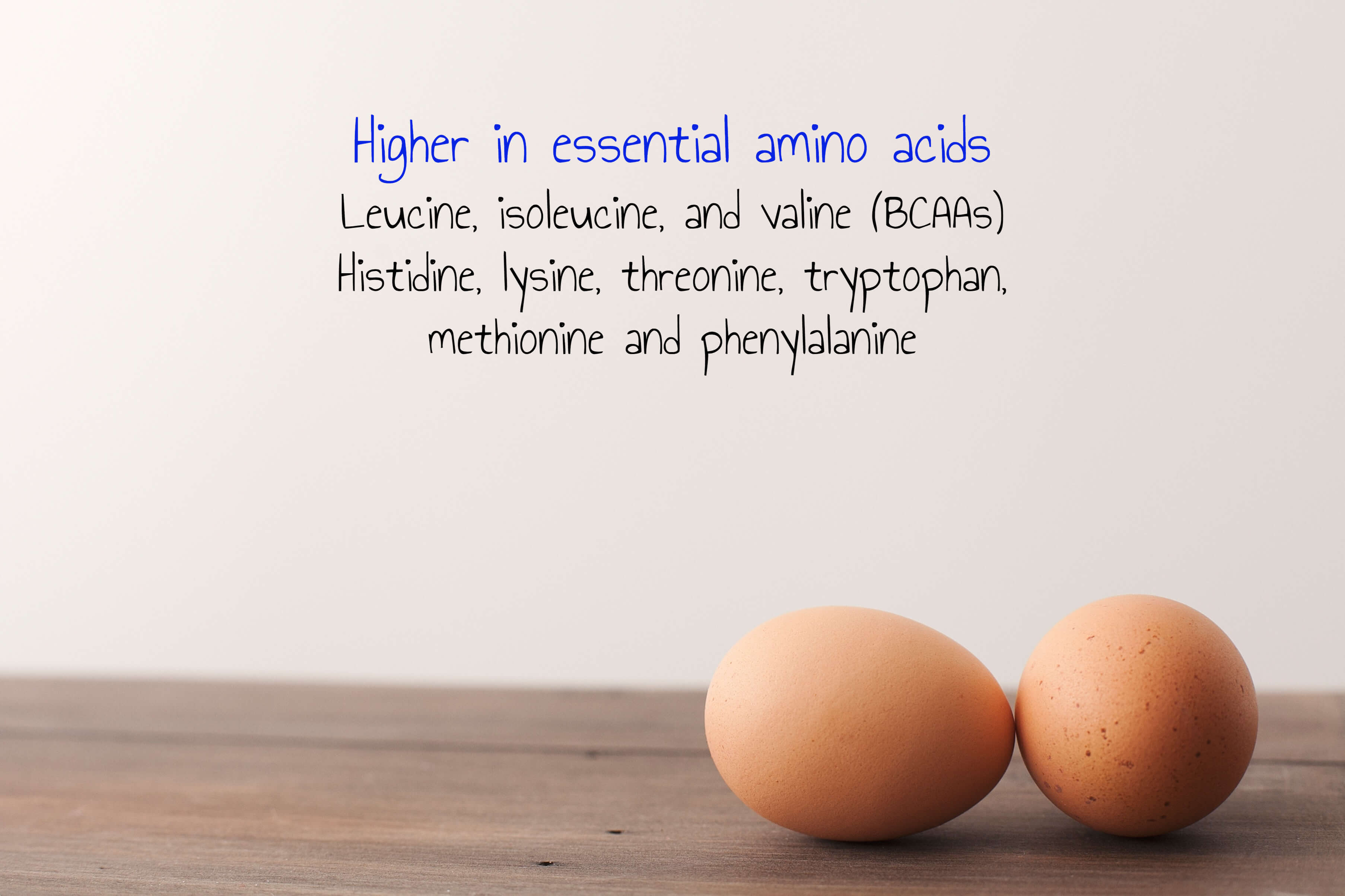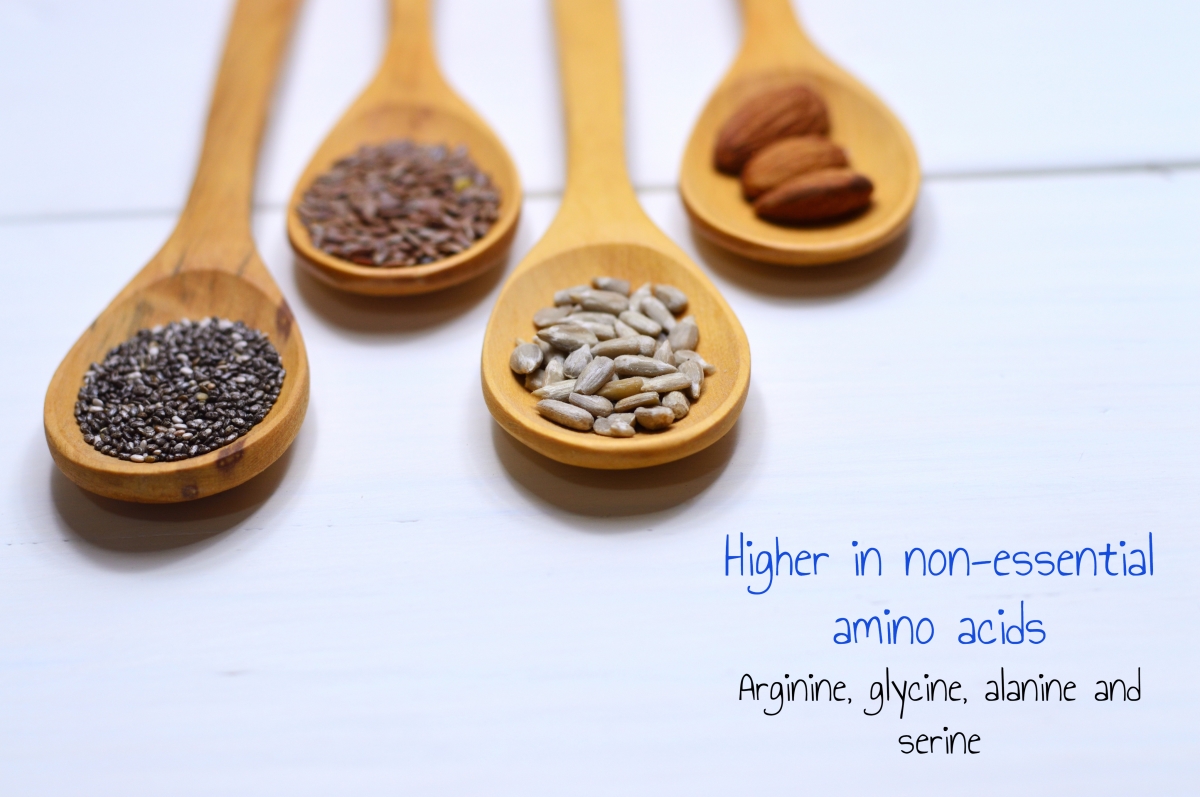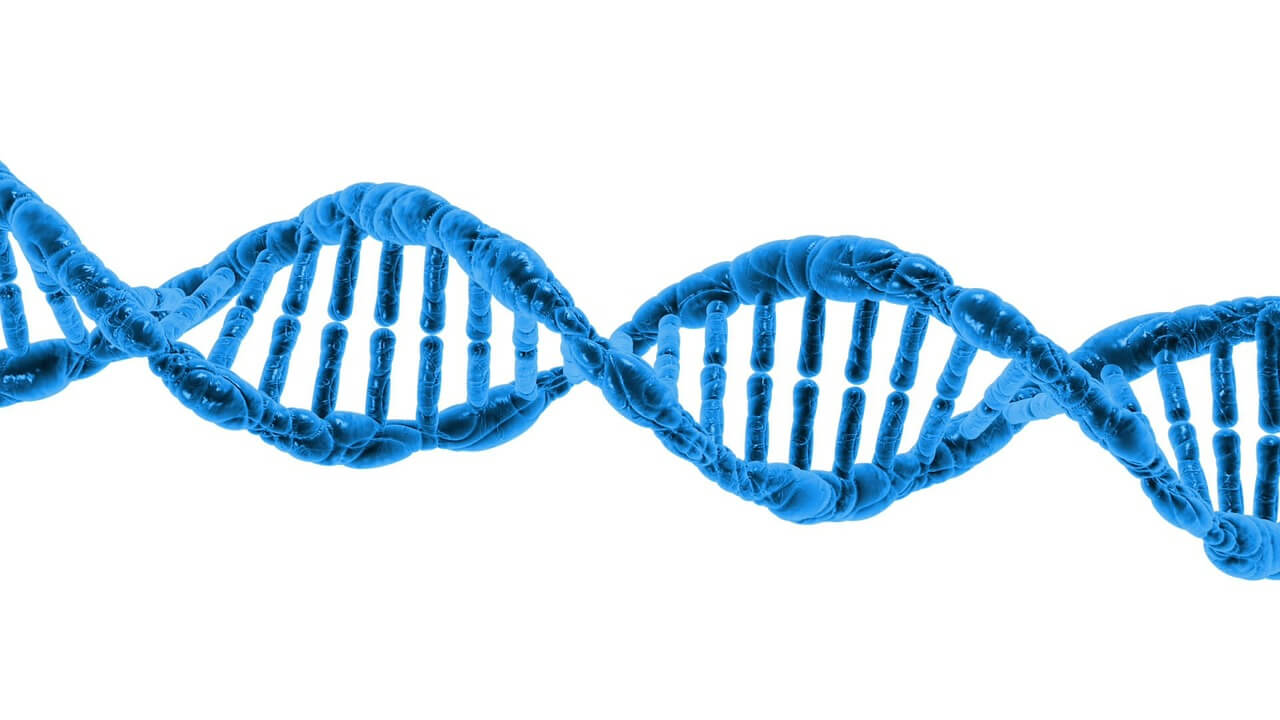which protein is best for you, animal or plant?
Let’s start with the basics.
Proteins, whether they come from plants or animals, are formed by combinations of 20 different amino acids. Our body can make 11 amino acids, therefore called non-essential. The remaining 9 need to be obtained from the diet and are known as essential amino acids. These are histidine, leucine, isoleucine, methionine, phenylalanine, threonine, tryptophan and valine.
Amino acids are not only important for the synthesis of muscle, but also for other compounds such as peptide hormones, neurotransmitters and creatine.1
Complete vs Incomplete protein
When you hear about these terms it seems that incomplete proteins are missing something, in this case, amino acids. However, this is not totally true. All plant and animal proteins (except gelatin) contain all 9 essential amino acids. What changes is the relative proportion of the amino acids. The more a protein resembles our proteins (in terms of amino acid composition), the higher quality is considered.2
- Animal-based proteins are called complete proteins because they contain greater amounts of the 9 essential amino acids.
- Plant sources with complete protein are spirulina, chlorella, hemp seeds, bee pollen, peas, soy, buckwheat, quinoa and chia seeds.3
- Incomplete sources of plant proteins are legumes (with limited amounts of methionine and cysteine), cereals (limited lysine and tryptophan), vegetables, nuts and seeds (methionine, cysteine, lysine and threonine) and seaweed (histidine and lysine).4
Tip! Combine different plant proteins to make complete proteins (i.e. brown rice with lentils).

Digestibility and bioavailability
Animal proteins present higher digestibility and bioavailability.3 Together with proteins, animal-based foods contain saturated fats, heme-iron, vitamin D3, Omega-3 docosahexaenoic acid (DHA), vitamin B12, creatine, taurine, carnosine and conjugated linoleic acid (CLA); all of which are not present in plant-based foods.3 However, the only strictly necessary compound that needs to be supplemented in a vegan diet is vitamin B12.
On the flip side, plant proteins (except soy)5 are less digestible and bioavailable due to the presence of fiber and phytochemicals (phytates, saponins, tannins or trypsin inhibitors). However, these compounds have been shown to be beneficial for us. For example, they are known to improve lipid profile, regulate blood glucose levels and decrease the risk of certain cancers.3

Do they have different effects on the body?
Research is showing that yes, they do.
One study performed to 85.000 women and 46.000 men health professionals in the United States, showed a correlation between higher animal protein intake and mortality; while plant protein was protective. They also pointed out that substitution of animal protein, especially processed red meat, for plant protein, was associated with lower mortality.6
Other studies have linked greater intake of animal protein to high blood pressure (and high plant protein intake correlated with lower blood pressure);7 cardiovascular diseases (CVD);8, 9, 10 and certain types of cancer, such as breast, liver11 and ovarian cancer.12
While most of these studies are observational, in vitro and animal studies are showing that animal protein promotes the growth of breast and liver cancer. It is thought that this happens due to an elevation of the growth hormone, estrogens and reactive oxygen species (ROS). It is important to mention that proteins from soy and wheat did not have the same effects on tumor growth.11
Okay, they seem to provide different health effects, but why?
Thanks to in vitro and animal studies, we know that plant and animal proteins induce distinct physiological and gene expression responses.13
In general, there are 3 main points that we should look at: the amino acid content, contribution from other non-protein components that come along when eating whole foods, and the impact on the gut microbiome.
 Amino acid content
Amino acid content
Animal and plant proteins contain different proportions of amino acids, and each amino acid has its unique physiologic effects.
Plant-based proteins are lower in essential amino acids (especially methionine, lysine and tryptophan), but provide bigger amounts of the non-essential amino acids (arginine, glycine, alanine and serine).14, 15
On the other side, animal proteins contain more of the essential amino acids (leucine, isoleucine, and valine - together called BCAAs),14 but also of methionine, histidine, lysine, threonine, tryptophan and phenylalanine.16
Health effects from amino acids found in higher amounts in animal proteins:
- BCAAs may play a unique role in stimulating muscle protein synthesis.17 Thus, animal-based proteins are known to be responsible for the higher anabolic stimulation, compared to plant-based proteins. An exception is pea and soy protein, which contain larger amounts of BCAAs than other plant sources.18
- Lysine and methionine, found mainly in animal products, have been related to increase hypercholesterolemia.14 The contrary association has also been found: lower amounts of lysine and methionine provide preventive effect against cardiovascular disease via cholesterol regulation.15
- Methionine, cysteine,19 glycine and indigestible peptides (found in white fish, but less in red fish) may explain why rats fed with white fish (cod) proteins had a hypocholesterolemic effect, compared to rats fed with red fish (tuna) proteins.20
Health effects from amino acids found in higher amounts in plant proteins:
- Arginine, a non-essential amino acid found in nuts, was shown to be beneficial for blood pressure,14 and protective for cardiovascular diseases, therefore playing an important role in vascular health.9
- Glycine, also shown to play a role in lowering blood pressure.15

 Whole foods
Whole foods
Apart from protein, animal and plant-based foods provide different types of fatty acids, micronutrients, carbohydrates and other bioactive components, all of which have beneficial or adverse effects.
For instance, red meat cooked at high temperatures creates heterocyclic amines, associated to higher rates of certain cancers,21 and other end-products that can raise blood pressure22 and may be a risk of type 2 diabetes.23
Contrary to meat, fish is packed with omega-3 fatty acids and has been associated with reduced CVD risk and mortality.10, 24
Plants contain fiber, vitamins and minerals and many other phytochemicals with proven health benefits (with antioxidant, anti-carcinogenic and anti-inflammatory properties).14
 Gut microbiome
Gut microbiome
Gut bacteria are involved in the formation of trimethylamine N-oxide (TMAO), a compound associated with cardiovascular disease,25, 26 atherosclerosis and neurological disorders.27 TMAO is formed from lecithin, choline and carnitine (all primarily found in animal-based products). The first step of conversion is done only by bacteria. Then, the product is oxidized in the liver forming TMAO which enters circulation. And why is this bad? Well, elevated plasma TMAO levels are related to an increased pro-inflammatory state.27 It is important to mention that choline can also be found in some plant-based foods.28
Subscribe to our blog, get notified when we release a new post and receive a shopping list to heal your gut for free!
Protein, IGF-1 and cancer
This point is so important that I had to write a whole section about this topic.
Insulin-like growth factor I (IGF-I) is a hormone that stimulates cell proliferation and inhibits cell death. Studies have shown that IGF-1 promotes the growth of both normal and malignant cells. In fact, breast cancer in premenopausal women is associated with elevated IGF-1 levels.29
What can increase IGF-1 levels? Protein,30, 31 but not all protein types. Studies that compared meat-eaters with vegans, found that higher IGF-1 levels were associated only with animal protein intake. On the contrary, plant protein decreased IGF-1 levels.29, 32, 33 Even when they were eating the same amount of protein. This raise in IGF-1 seems to be associated with animal protein in particular. The reason might be the relative abundance of essential amino acids positively associated with a higher serum IGF-1. This was proven in animal32, 35 and human36, 37 studies, where dietary restriction of one or more essential amino acids was associated with decreased IGF-1 levels. Even soy protein, which is also relatively higher in essential amino acids than other plant sources, was found to be positively correlated with IGF-1.33
Conclusions
While it is true that animal-based protein contains more of the essential amino acids that play a big role in muscle growth, there are some plant-based protein alternatives, such as soy and peas. On the other side, higher intake of essential amino acids (mainly found in animal proteins) have been associated with cardiovascular disease and promote cancer growth.
It is important to note that the longest-lives people on Earth (Blue Zones) follow a 95-100% plant-based diet. They eat whatever fruits, vegetables, grains, legumes, nuts and seeds are in season, and mainly in their "whole form". Also note that our gut microbiota thrives on plant-derived compounds, while at the same time produces important compounds for our health.
For those who eat animal products, do not feel the need to change radically the way you eat. Just be more mindful with your choices. It is a general rule that when more animal protein-based foods are included in the diet, there are less plant-based foods. The last ones provide an abundance of health-promoting substances that might be the ones reducing the negative effects of animal-based foods.